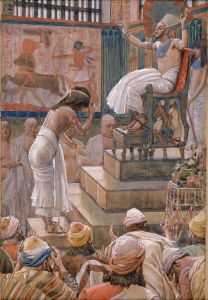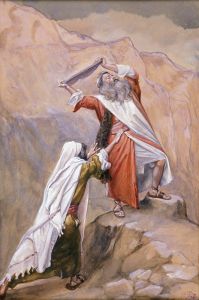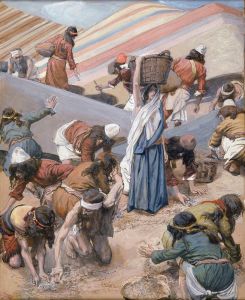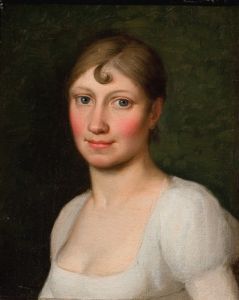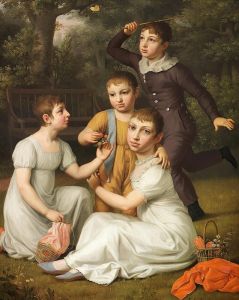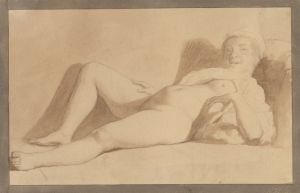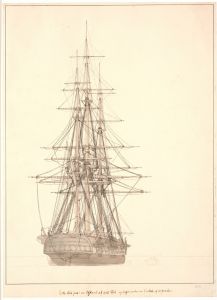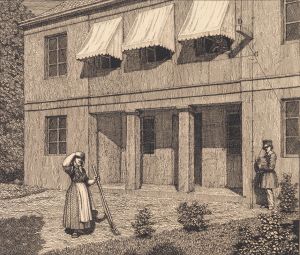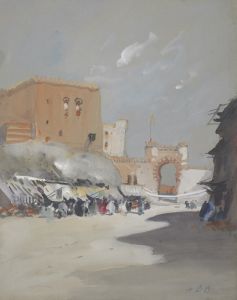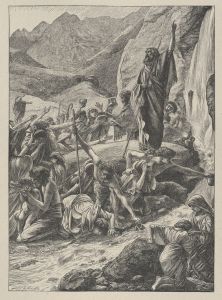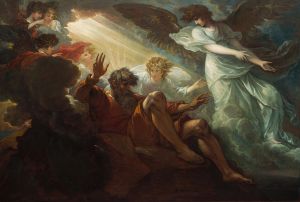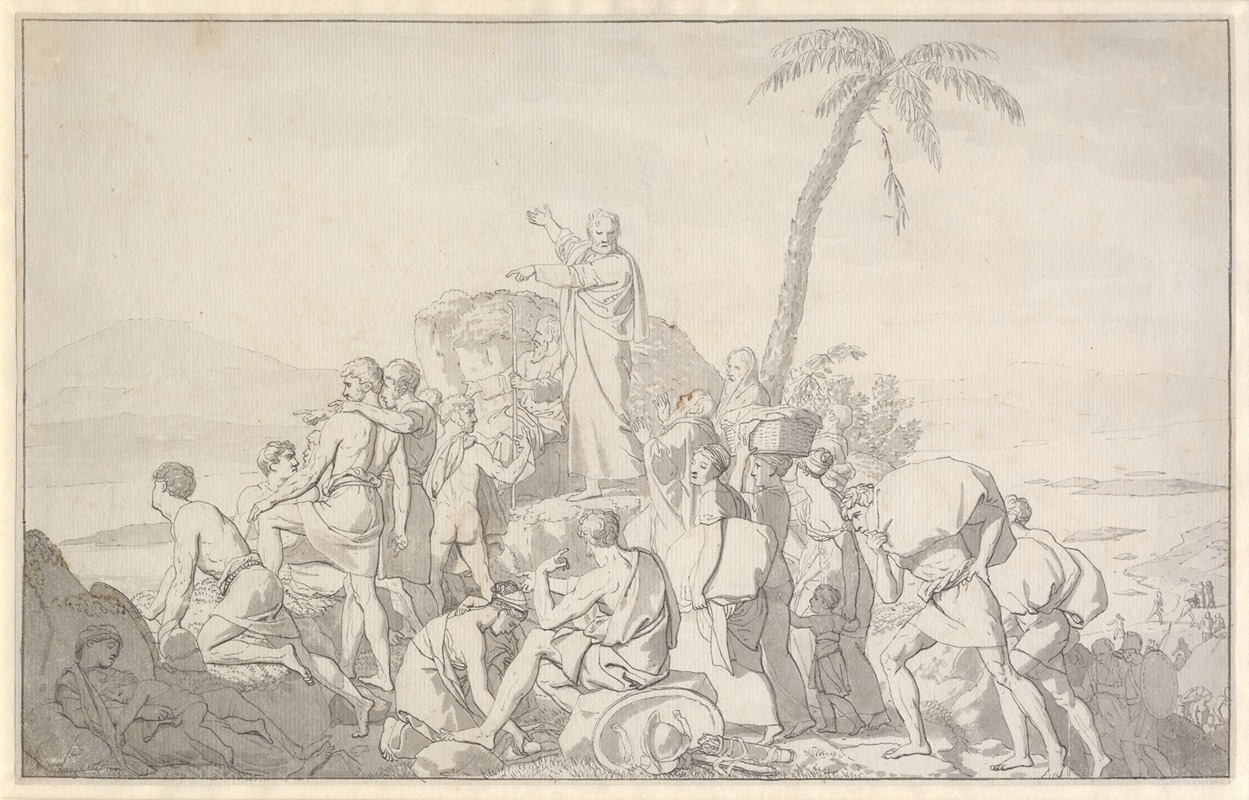
Moses lader Det røde Hav træde tilbage og Faraos hær oversvømme
A hand-painted replica of Christoffer Wilhelm Eckersberg’s masterpiece Moses lader Det røde Hav træde tilbage og Faraos hær oversvømme, meticulously crafted by professional artists to capture the true essence of the original. Each piece is created with museum-quality canvas and rare mineral pigments, carefully painted by experienced artists with delicate brushstrokes and rich, layered colors to perfectly recreate the texture of the original artwork. Unlike machine-printed reproductions, this hand-painted version brings the painting to life, infused with the artist’s emotions and skill in every stroke. Whether for personal collection or home decoration, it instantly elevates the artistic atmosphere of any space.
Christoffer Wilhelm Eckersberg, often referred to as the "father of Danish painting," was a pivotal figure in the development of Danish art in the 19th century. One of his notable works is "Moses lader Det røde Hav træde tilbage og Faraos hær oversvømme," which translates to "Moses Leading the Israelites Across the Red Sea." This painting is an exemplary representation of Eckersberg's mastery in combining historical and biblical themes with a neoclassical style.
Eckersberg was born in 1783 in Blåkrog, Denmark, and he studied at the Royal Danish Academy of Fine Arts in Copenhagen. His education was further enriched by his travels to Paris and Rome, where he was influenced by the works of Jacques-Louis David and other neoclassical artists. This influence is evident in his precise attention to detail, composition, and the use of light and shadow in his paintings.
The painting "Moses Leading the Israelites Across the Red Sea" depicts the biblical story from the Book of Exodus, where Moses parts the Red Sea to allow the Israelites to escape from the pursuing Egyptian army. This dramatic event is a popular subject in art due to its dynamic narrative and the opportunity it provides to explore themes of faith, deliverance, and divine intervention.
Eckersberg's rendition captures the moment with a sense of grandeur and drama. The composition likely emphasizes the miraculous nature of the event, with Moses at the center, possibly portrayed with an outstretched arm, commanding the waters. The Israelites, in various states of movement and emotion, are depicted crossing the dry seabed, while the chaotic waves threaten to engulf the Egyptian chariots in the background.
Eckersberg's technique in this painting would reflect his neoclassical training, characterized by clear lines, balanced composition, and a focus on realism and anatomical accuracy. His use of color and light would enhance the dramatic tension of the scene, highlighting the contrast between the calm, divine protection over the Israelites and the impending doom of the Egyptian forces.
This painting not only showcases Eckersberg's technical skills but also his ability to convey a powerful narrative through art. It reflects the broader 19th-century European interest in historical and biblical subjects, which were seen as vehicles for moral and philosophical reflection.
Eckersberg's influence on Danish art was profound. As a professor at the Royal Danish Academy of Fine Arts, he mentored a generation of artists who would go on to define the Danish Golden Age of painting. His emphasis on observation and study from life, as well as his integration of classical ideals with contemporary themes, left a lasting legacy on the art world.
"Moses Leading the Israelites Across the Red Sea" is a testament to Eckersberg's skill and his contribution to the neoclassical movement in Denmark. While specific details about the painting's current location or its reception at the time of its creation might not be widely documented, its significance lies in its representation of Eckersberg's artistic vision and the enduring appeal of biblical narratives in art.





